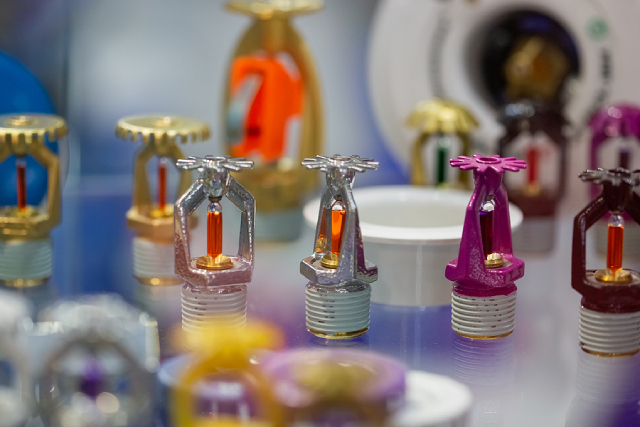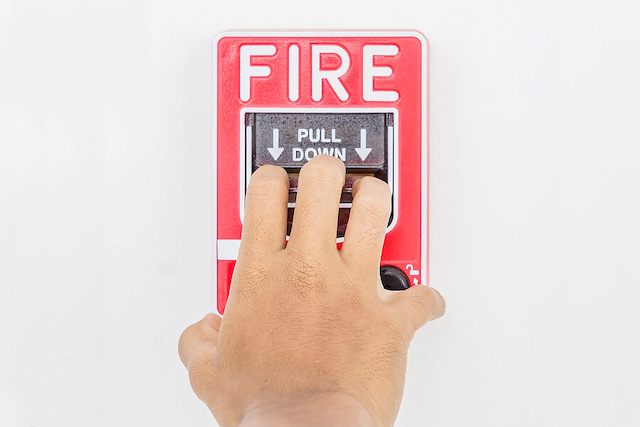Sprinkler systems are one of the core components of fire suppression systems that are not as simple as they are thought by many. For starters, did you know that there are various kinds of sprinkler heads to choose from and which is best for your building’s needs? This is because different sprinkler heads are designed for specific environments and using the right one can make or break your overall fire protection.
Main types of sprinkler heads
For starters, it is important to note the characteristics that define the effectiveness of sprinklers in extinguishing or controlling a fire outbreak:
Standard Response (SR) sprinkler heads
Fires eventually go out once it consumes all the fuel around them. SR fire sprinkler heads aim to achieve this outcome by cooling and dousing the areas surrounding a fire with a fire extinguishing agent to suppress its fuel source and control the flames’ spread. SR sprinklers are activated individually, which means only the sprinkler heads above the fire will turn on. Due to this precision, SR sprinkler heads are ideal for industrial or commercial buildings like factories, warehouses, and offices.
Quick Response (QR) sprinkler heads
QR sprinkler heads find use in light hazard applications and output fire extinguishing agents higher up on the ceiling to cool it and prevent the fire from rising, deterring flashover, and increasing the occupants’ chances of survival as they evacuate. QR sprinkler heads are generally used for highly populated buildings like hospices, schools, office buildings, and so on.
Differences between SR and QR sprinkler heads
The activation temperature is where the main difference lies between SR and QR sprinkler heads, wherein the latter activates more quickly, as its name suggests. They have a slight difference in physical size, with SR sprinkler heads using 5 mm glass bulbs while QR sprinkler heads use 3 mm glass bulbs. The QR’s smaller bulb heightens its thermal responsiveness, resulting in a faster activation time.
While it may seem like quicker response times are always the best option when preventing fire outbreaks, that is not always the cause. Despite appearing to be the obvious choice, there are several key factors to consider when deciding on QR sprinkler heads, namely:
These elements help determine which of the two types is more effective for a given environment. Buildings with larger areas with high ceilings will benefit greatly from SR sprinkler heads, while taller buildings or smaller areas are better suited to use QR sprinkler heads.
Conclusion
There are many things to consider when it comes to something as complex as a fire suppression system. The sprinkler system itself has many things to account for beyond which type of commercial sprinkler system to install (wet or dry pipe, pre-action, and deluge), such as the sprinkler heads covered above. As such, working with the experts is indispensable to finding the right firefighting solution for your given environment.
For more information regarding automatic fire extinguishing systems, their operation, maintenance, compliance requirements, and more, consider enrolling in an FSM course in Singapore today! TenLearn is a learning platform that hosts SCDF-approved fire safety management courses covering various topics to keep your skills sharp and knowledge up to date to ensure your competitiveness in the field. Take your learning anywhere via our online learning platform and gain CPD points for each fire safety course you complete.


Write a public review